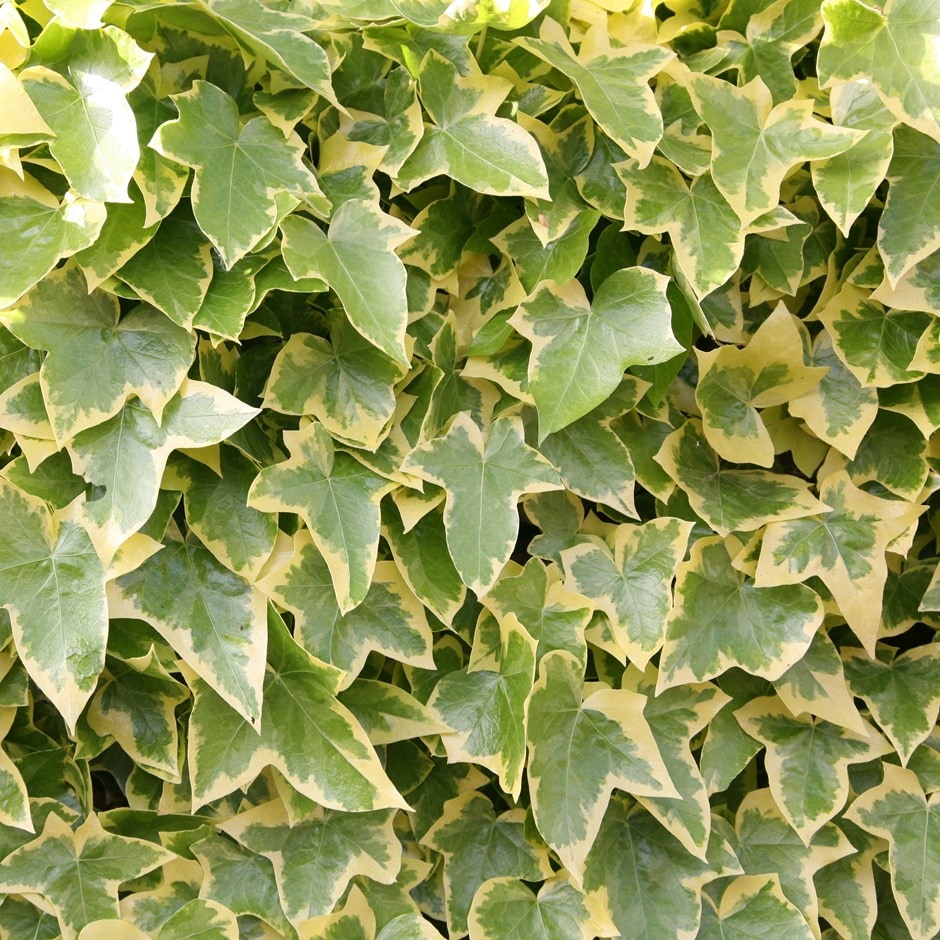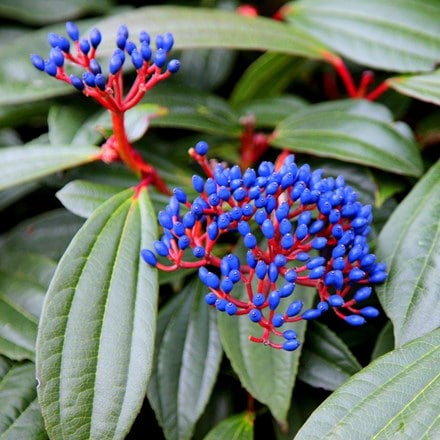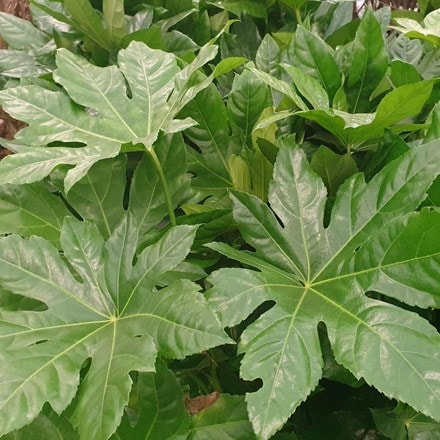Hedera helix 'Goldchild'
English ivy or common ivy
- 3 litre pot | 60cm cane
- £29.99
- In stock (shipped within 2-3 working days)
Delivery options
- Standard £5.99
- Position: full sun or partial shade
- Soil: humus-rich, preferably alkaline, moist, well-drained soil (or John Innes No.3 potting compost for container-grown plants)
- Rate of growth: fast
- Hardiness: frost hardy (may need winter protection)
Relatively small and lustrous, the three to five-lobed, grey-green leaves have bold yellow margins, which almost makes them look luminous in a shadier spot. A versatile, evergreen climber, Hedera helix 'Goldchild' is ideal for covering an unsightly wall or fence.
To avoid dry conditions, and to ensure good soil contact around the rootball, we advise planting climbers at least 30cm (12in), and preferably 45-60cm (18-24in) away from the base of a wall or fence. An even larger distance should be maintained when planting climbers beside an existing tree or shrub.
Plant level with the soil surface and incorporate some well-rotted compost into the backfill, sprinkle some mycorrhizal fungi over the rootball and firm the soil around the plant. Water thoroughly after planting and mulch to retain moisture.
Once established, ivy can provide a protective habitat for birds and other animals, so any pruning should be tackled ahead of the nesting season in late winter or early spring. Before pruning, observe for a few days, and if birds are returning to one spot, consider leaving it alone as nest building may already be underway.
Plant level with the soil surface and incorporate some well-rotted compost into the backfill, sprinkle some mycorrhizal fungi over the rootball and firm the soil around the plant. Water thoroughly after planting and mulch to retain moisture.
Once established, ivy can provide a protective habitat for birds and other animals, so any pruning should be tackled ahead of the nesting season in late winter or early spring. Before pruning, observe for a few days, and if birds are returning to one spot, consider leaving it alone as nest building may already be underway.
- Humans/Pets: Harmful if eaten; skin irritant/allergen




